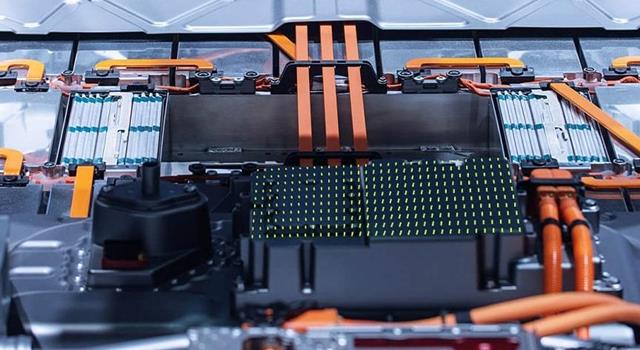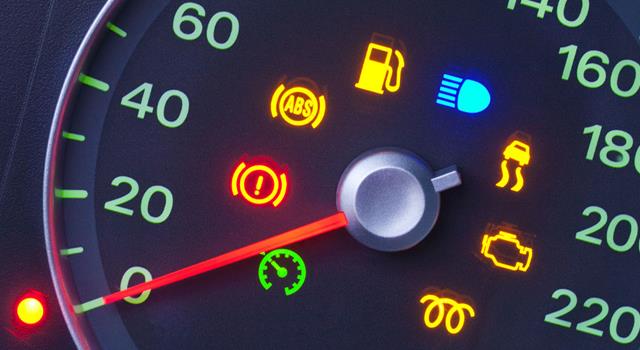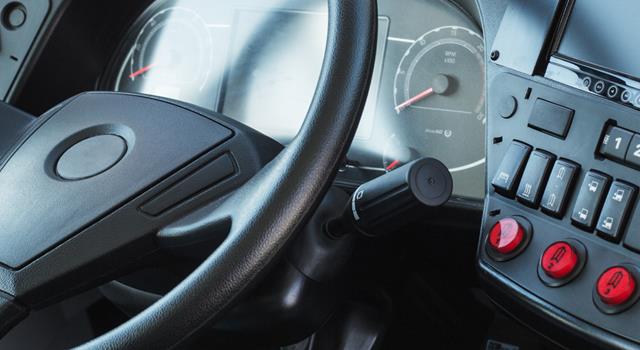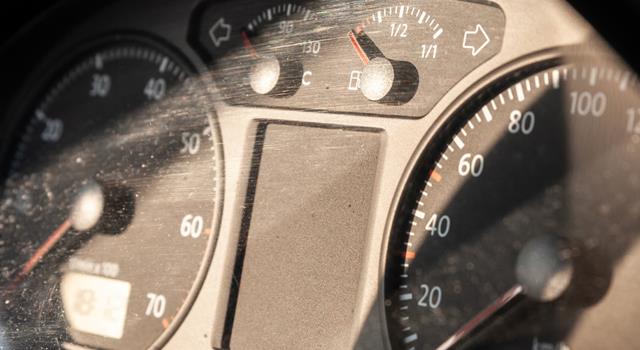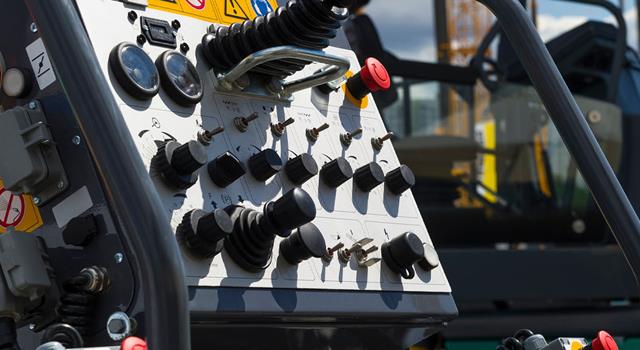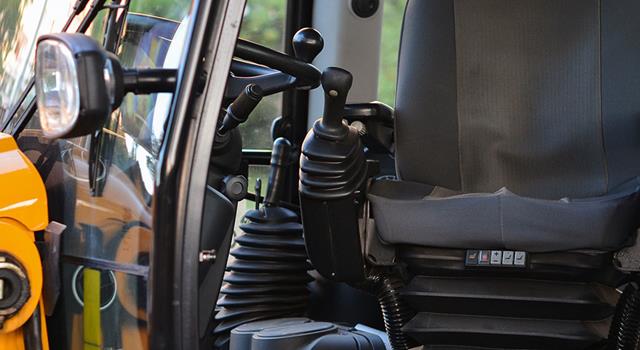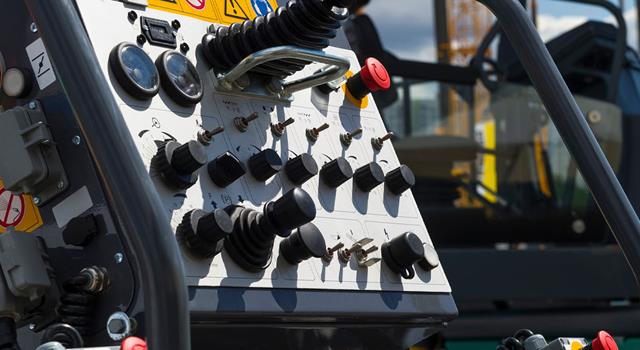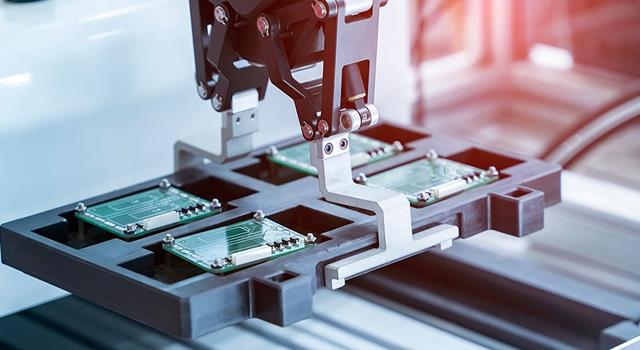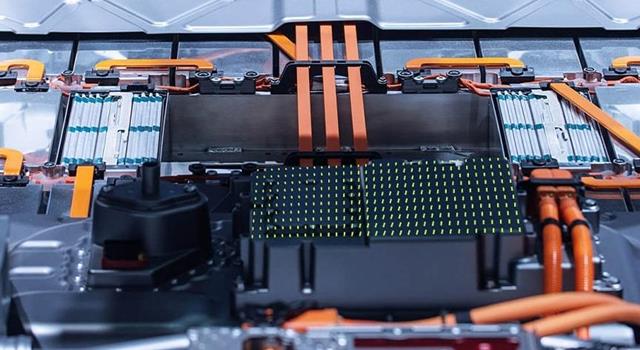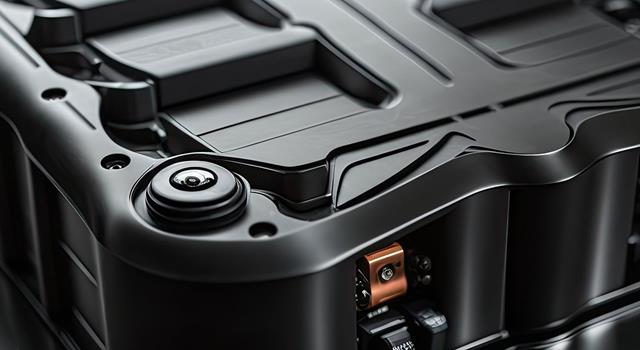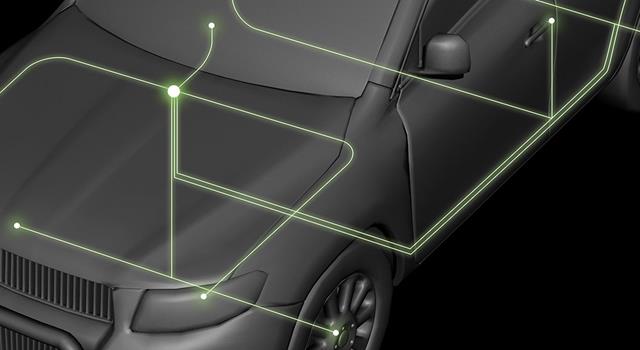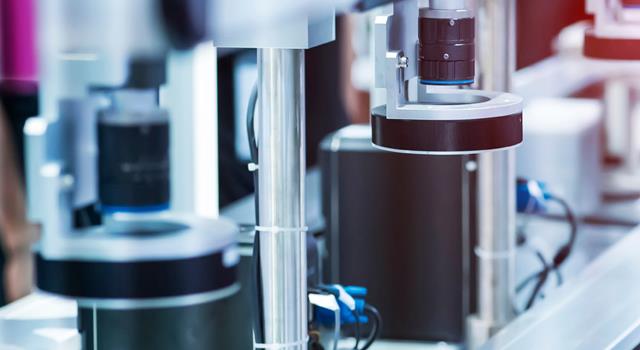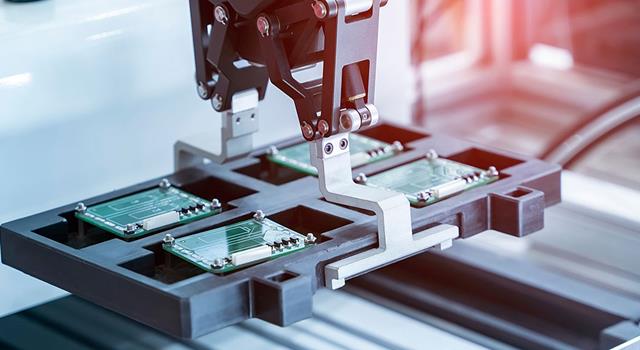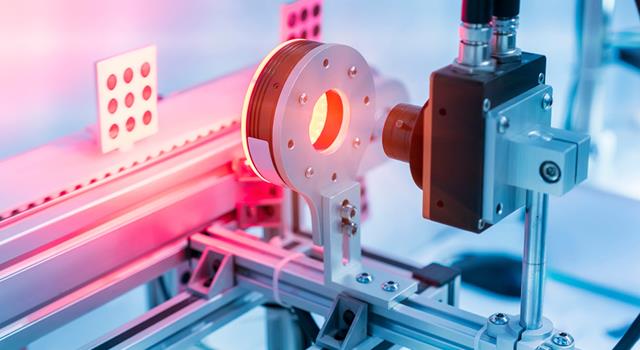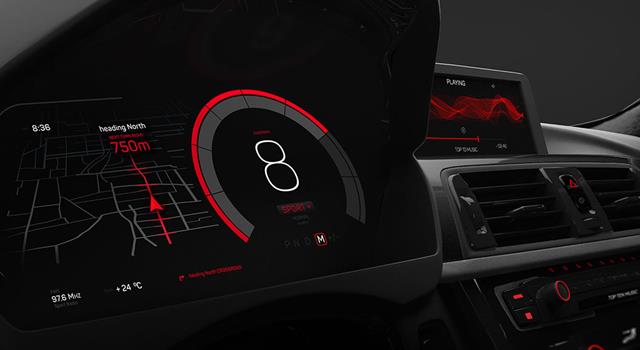Speed sensors play a vital role in various applications, such as automotive systems, industrial equipment, and consumer electronics. By measuring the speed of a rotating object, these sensors provide essential feedback for control systems. In this blog post, we'll discuss different types of speed sensors and their advantages and disadvantages to help you better understand their applications.
What are the various types of speed sensors, and what are their advantages and disadvantages?
Optical Speed Sensors
Optical speed sensors use light to detect the speed of a rotating object. They often consist of an infrared LED and a photodiode to measure the light reflected or interrupted by the rotating object.
Advantages:
- Non-contact sensing, reducing wear and tear
- High precision and accuracy
- Insensitivity to environmental factors such as dust, moisture, and vibration
Disadvantages:
- Can be affected by changes in ambient light conditions
- Higher cost compared to other sensor types
- More complex circuitry
Hall-Effect Speed Sensors
Hall-effect speed sensors utilize the Hall effect principle, where a voltage is generated in a conductor due to the presence of a magnetic field. These sensors typically use a magnet mounted on the rotating object and a Hall-effect sensor to measure the speed.
Advantages:
- Non-contact sensing
- Robust and durable design
- Insensitive to dust, moisture, and vibration
- Suitable for harsh environments
Disadvantages:
- Sensitive to variations in the magnetic field, which can affect accuracy
- May require additional components for signal conditioning
Inductive Speed Sensors
Inductive speed sensors use the principle of electromagnetic induction to detect the speed of a rotating object. They typically consist of a coil and a magnetic core that generate a voltage when a metallic target on the rotating object passes by the sensor.
Advantages:
- Non-contact sensing
- Resistant to dust, moisture, and vibration
- Suitable for high-speed applications
Disadvantages:
- Can be affected by the presence of nearby ferromagnetic materials
- Lower accuracy compared to optical and Hall-effect sensors
- Requires additional signal processing
Mechanical Speed Sensors
Mechanical speed sensors rely on direct contact with the rotating object to measure speed. One common example is the cable-driven speedometer, which uses a rotating cable connected to the vehicle's transmission.
Advantages:
- Simple and low-cost design
- No need for external power supply
Disadvantages:
- Contact sensing causes wear and tear
- Lower accuracy due to mechanical components
- Not suitable for high-speed applications
The choice of a speed sensor type depends on the specific application, required accuracy, and environmental conditions. Optical, Hall-effect, and inductive speed sensors offer non-contact sensing, making them suitable for long-term use and harsh environments. However, they may require more complex circuitry and signal processing compared to mechanical speed sensors. By understanding the advantages and disadvantages of each type, you can make an informed decision on the best speed sensor for your application.






